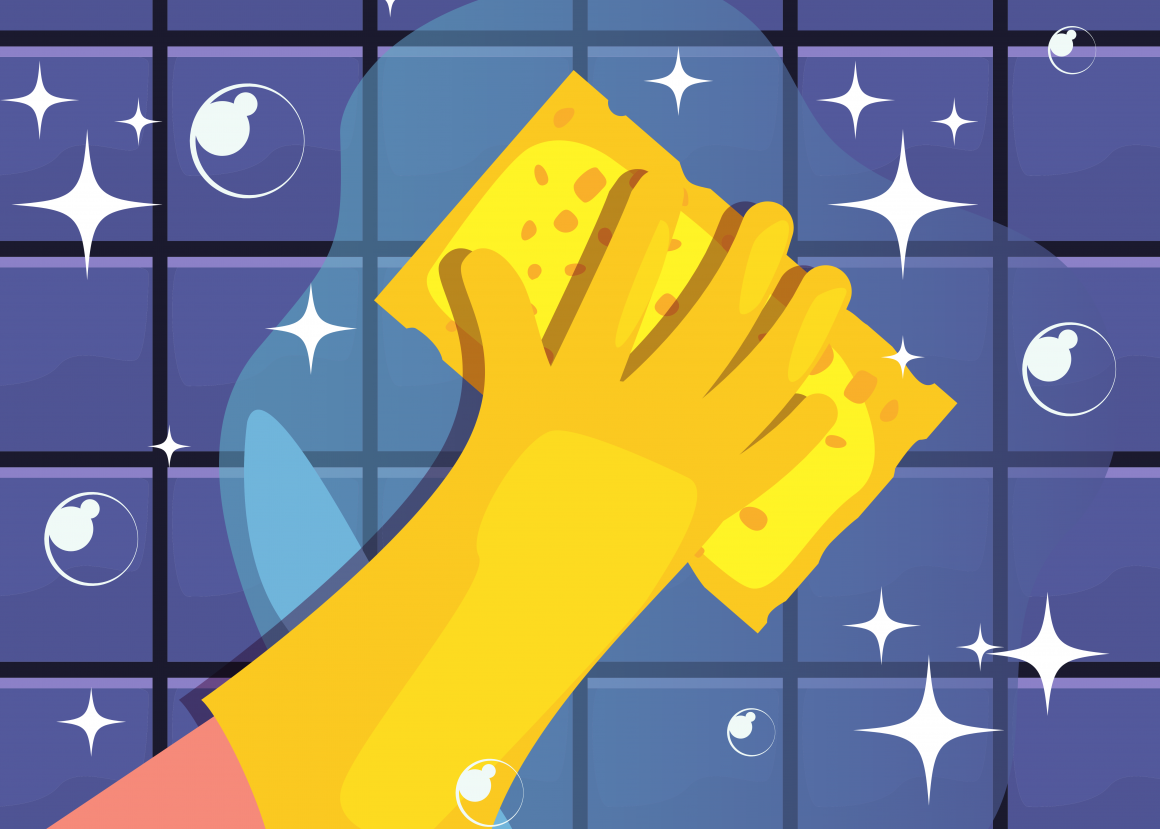
Performative cleanliness: A subtle yet powerful tool for middle-class distinction
By Josie Simon, February 13 2024—
In the digital age, the curated images we share on social media have become not just snapshots of our lives but carefully crafted narratives about who we are — or, more pointedly, who we wish to be perceived as.
Among the myriad ways individuals can construct these narratives, performative cleanliness has emerged as a subtle yet powerful tool for the middle class to underscore their socio-economic status, distancing themselves from lower-income groups in the process.
The drive toward showcasing an immaculate living space, the use of eco-friendly products or even engaging in extensive cleaning rituals taps into deeper societal norms and expectations. These acts of performative cleanliness, shared across platforms like Instagram and TikTok, serve a dual purpose. Firstly, they align with the aesthetic ideal of a well-kept home, signifying not just physical cleanliness but moral and personal discipline. Secondly, they act as markers of class distinction.
When TikTok user Rhema (@rhema.br) revealed her method for cleaning an artificial Christmas tree, she unwittingly sparked a larger conversation about social performance and class signalling. Rhema suggested that everyone should take the time to wash their Christmas tree to maintain a clean home.
Rhema received a wave of backlash and critique, with some viewing it as the ultimate display of performative cleanliness, highlighting the frivolous nature associated with such meticulous upkeep practices.
This instance underscores a critical point: in the digital echo chambers where middle-class values and aesthetics are amplified, the emphasis often lies not on the utility or necessity of cleanliness but its symbolic capital.
Adding to this discussion is Kira Laulu-Pututau (@alofakria) on TikTok, who promotes the idea that showering twice a day is the baseline, a standard.
This perspective, while possibly rooted in personal preference or hygiene, inadvertently signals a level of privilege. It overlooks the reality faced by working-class individuals who, constrained by time due to demanding job schedules, might find such a standard unattainable and disconnected from their daily lives.
These instances highlight a financial resource gap and a discrepancy in available leisure time. Wealthy individuals have the luxury to dedicate time to what some may see as extravagant or unnecessary tasks, which widens the class divide by promoting lifestyles unattainable by many.
While the middle class may not have the financial resources to acquire luxury items like designer handbags, private jets, or sports cars, they still have the ability to purchase an abundance of cleaning supplies and devote their spare time to household chores and non-essential hygiene practices.
The emphasis on performative cleanliness often displayed not out of necessity but to project an image of diligence contributes to a narrative that links cleanliness to moral and socioeconomic superiority, subtly enfolding class distinctions on social media.
From an environmental and consumerist standpoint, the preference for ‘green’ cleaning products and the showcasing of environmentally conscious behaviours further differentiates the middle class from lower-income groups.
The ability to choose eco-friendly options often comes with a price premium, implicitly positioning these choices as luxury goods rather than accessible necessities. When shared on social media, these decisions become not just personal preferences but public declarations of social standing and environmental virtue, regardless of their actual impact.
While cleanliness is usually perceived as a universal good, its performance on social media channels can unwittingly perpetuate divisions, highlighting a broader conversation about social equality, access and the ways we choose to present our identities online.
This article is a part of our Opinions section and does not necessarily reflect the views of the Gauntlet editorial board.
